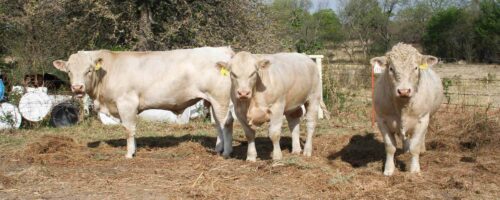Tag: cattle
Categories
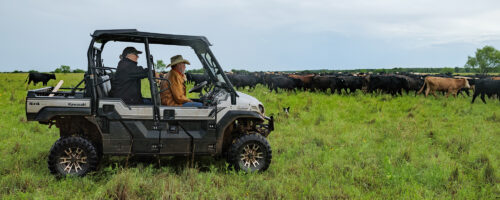
Deborah Clark: Birdwell & Clark Ranch
Estimated reading time: 4 minutes
Multiple moves per day is easier than folks think, according to this regenerative rancher.
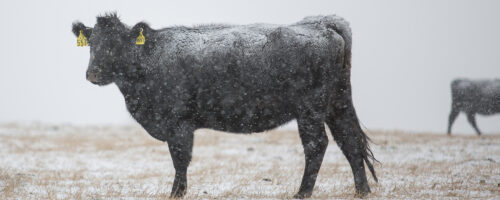
Wintering Cattle Through a Drought on a Regenerative Ranch
Estimated reading time: 7 minutes
How you graze and supplement cattle during dry spells can have long-lasting economic and ecological effec...
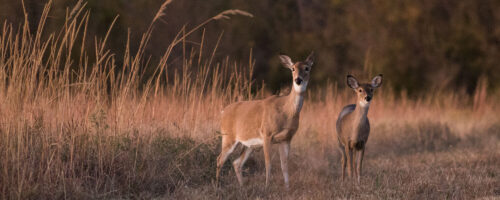
Is Wildlife Compatible With the Livestock on Your Ranch?
Estimated reading time: 5 minutes
Both can prosper with the right management. Here’s what to consider.
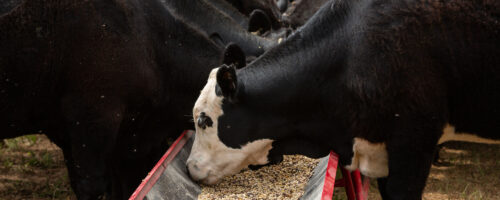
Winter Cow Supplementation: Protein and Energy Explained
Estimated reading time: 6 minutes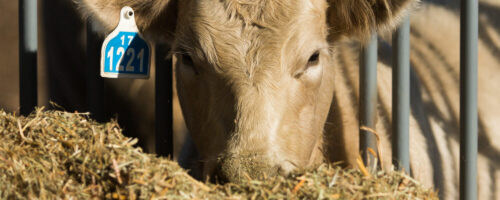
Nutrient Synchrony: Protein and Energy Working Together
Estimated reading time: 6 minutes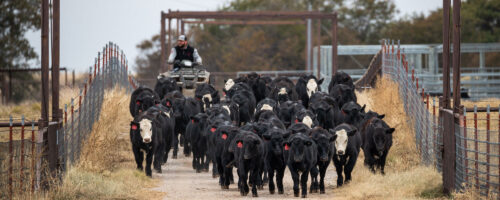
Top 12 Things to Consider Before Building a Cattle Handling Facility
Estimated reading time: 9 minutes
Properly designed and thought-out facilities will be safe for the producer and animal and will allow for...
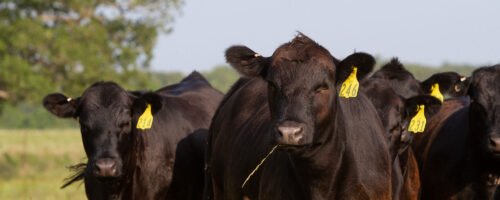
Top 5 Essentials of Heifer Development
Estimated reading time: 7 minutes
It is important to properly develop heifers before the breeding season and to continue managing them duri...
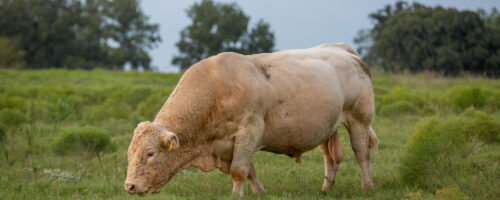
How to Properly Manage Your Bulls for a Successful Breeding Season
Estimated reading time: 6 minutes
Proper off-season management of bulls can ensure longevity within the herd and a subsequent successful br...
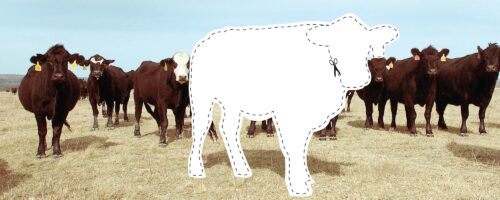
Guidelines for Culling Cows
Estimated reading time: 4 minutes
For most cattle producers, culling cows is not an easy task. However, some culling needs to be done each...
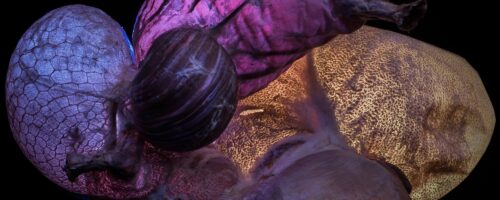
An Introduction to the Rumen Microbiome
Estimated reading time: 5 minutes
The rumen microbiome is very complex, and the diversity of ruminal microorganisms can be affected by diet...
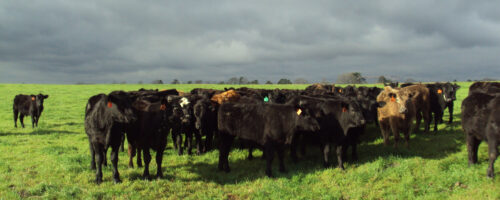
Heifer Development: Managing for Her Future
Estimated reading time: 6 minutes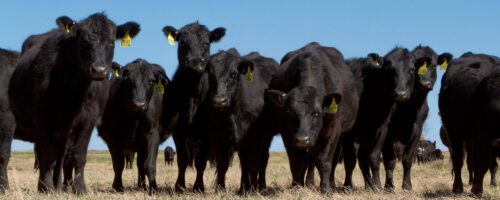
You Cannot Starve a Profit Into a Cow
Estimated reading time: 3 minutes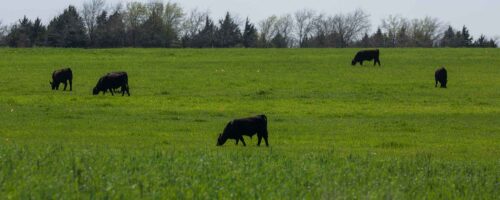
All Beef is Grass-fed
Estimated reading time: 2 minutes
Evan Whitley, Ph.D., reviews the difference between grain-finished and grass-finished beef to help consum...
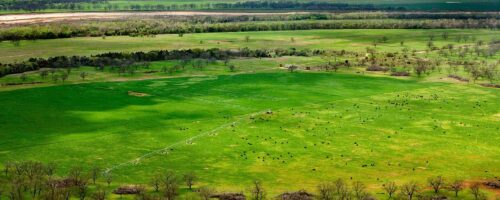
How to Evaluate Property for Raising Cattle
Estimated reading time: 7 minutes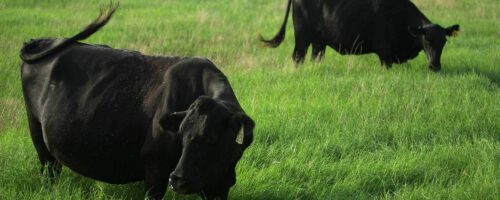
Body Condition Score as a Tool for Cow Herd Management
Estimated reading time: 2 minutes
Body Condition Score (BCS) is a useful tool for assessing the energy status of an animal. BCS should be a...
